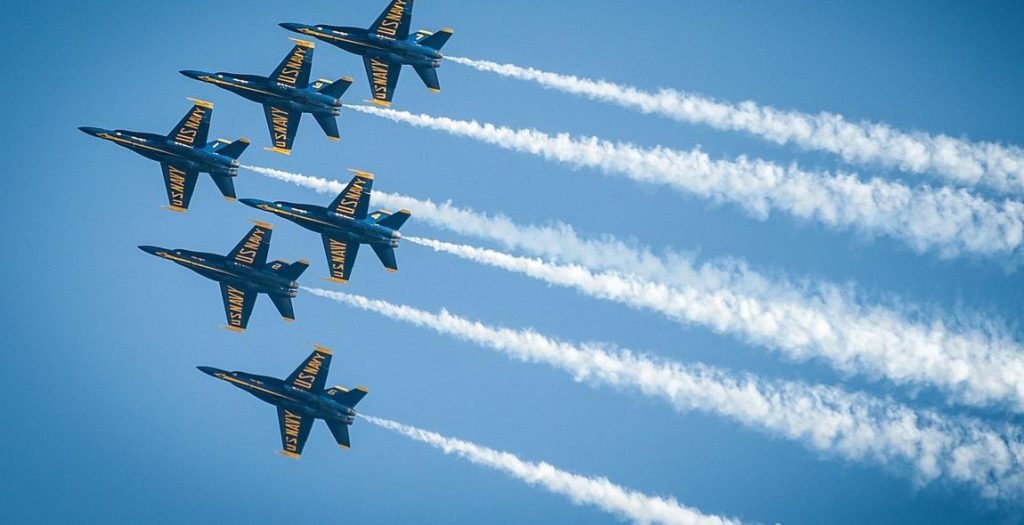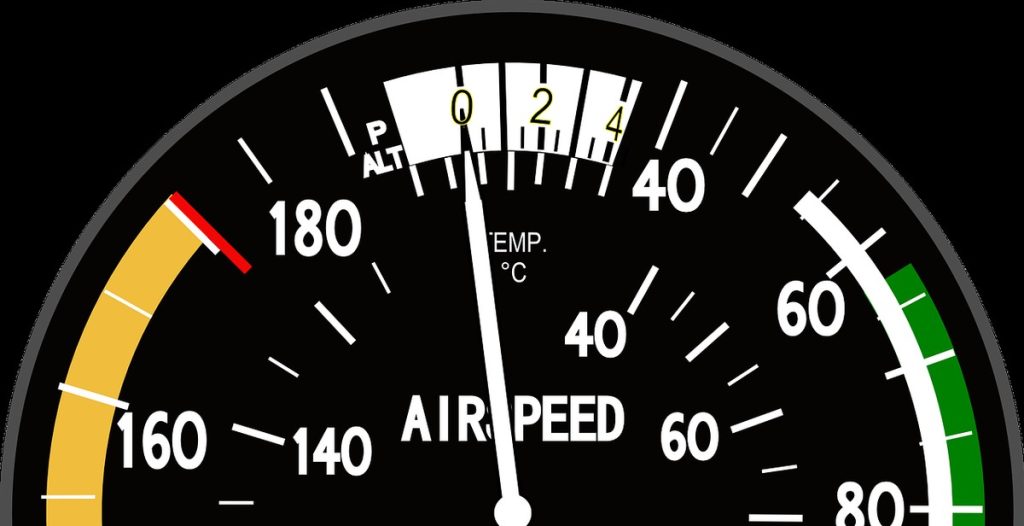How to Fly in Class E Airspace: Procedures and Requirements for Operating in Controlled Airspace
How to Fly in Class E Airspace: Procedures and Requirements for Operating in Controlled Airspace As a pilot, understanding controlled airspace is crucial for safe and efficient flying. Class E airspace is one of the controlled airspaces that pilots must be familiar with. It is designated for both instrument and visual flight rules (IFR and …





